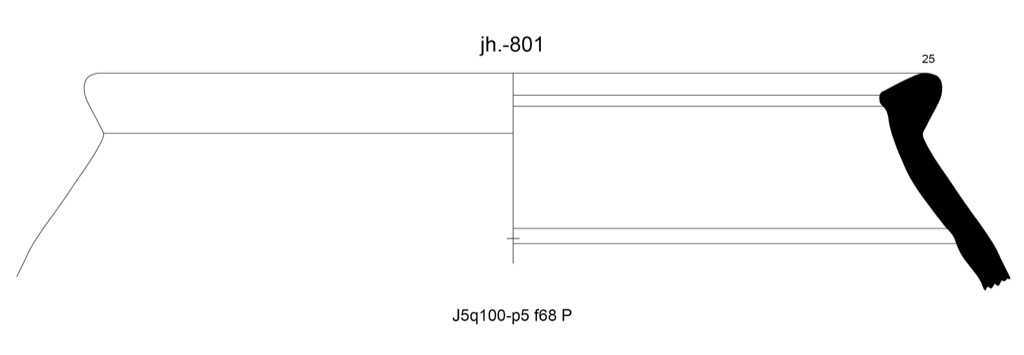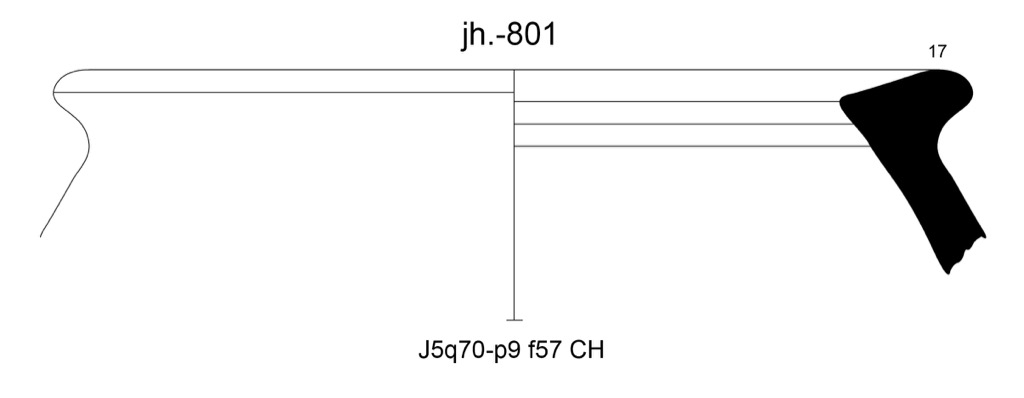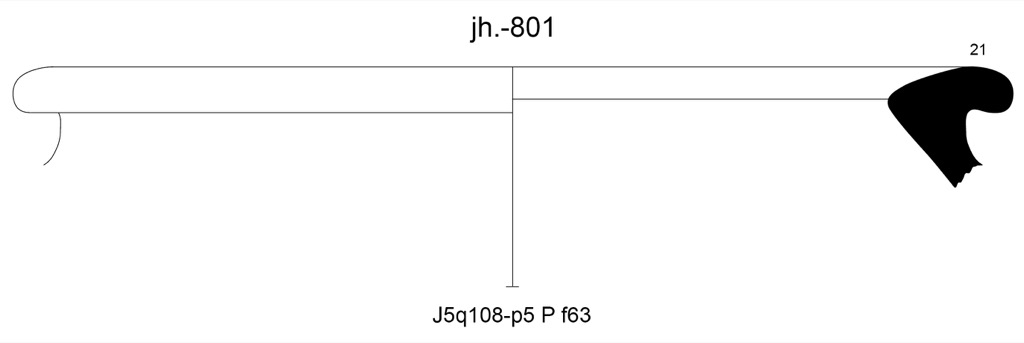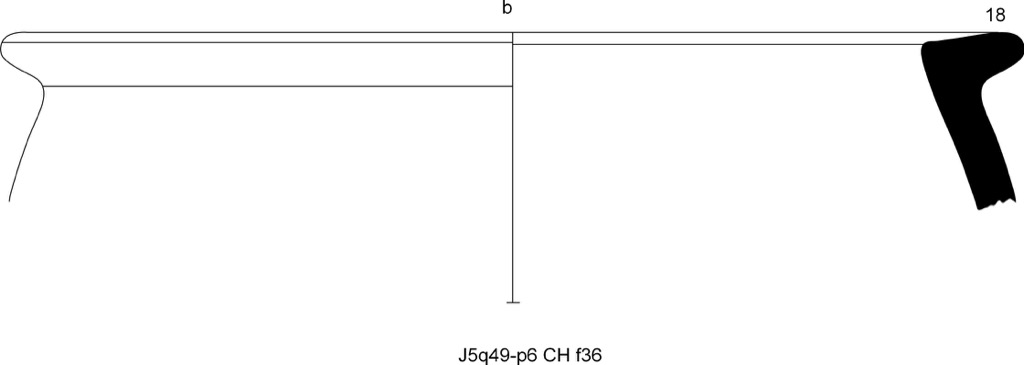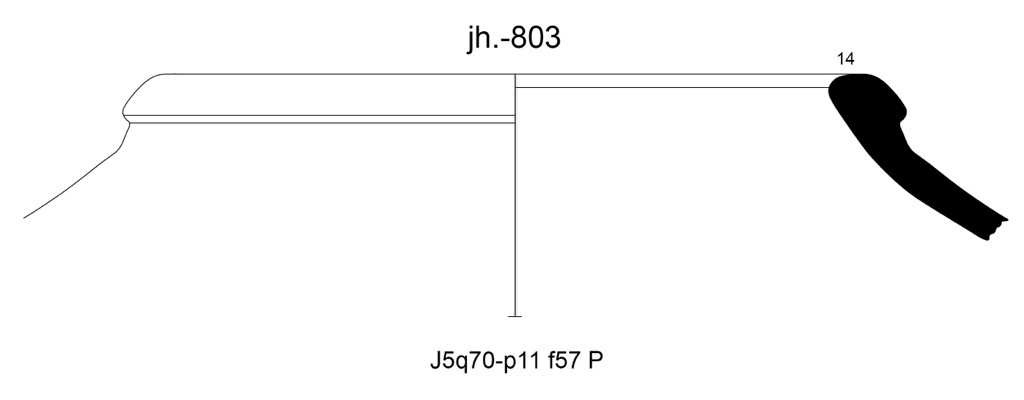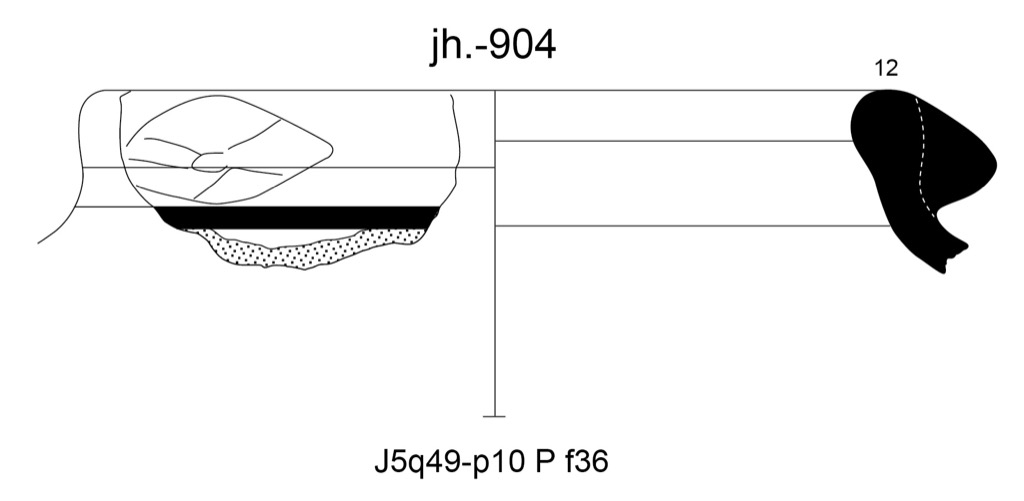Back to top: Jars
Brief Overview
The definition of what is a jar is the same for all units and all time periods in the UGR. See here for further details. There are few contexts in which we have excavated ceramics from the Middle Assyrian period (MA): excavation unit J5 and just under the surface of the small mound below the present village of Mozan. Given that only these contexts were excavated for this period, the shapes in the present Middle Assyrian catalog are probably not representative of the whole MA corpus present in Urkesh.
From these limited contexts we observed that many of the shapes overlap with Mittani shapes. Because of this overlap the shapes were given the same codes as those shapes found in the Mittani period in Urkesh. However in the sherd description it is identified as Middle Assyrian, not Mittani. See for instance a bowl shape from J5 bcrr801 and its chronological placement as Middle Assyrian (see here).
When new shapes occurred they were given just the basic code (i.e. jars, bowls, etc.), with the idea of assigning new, complete codes (including basic shapes, family, sub-family and type codes) when the Middle Assyrian catalog would contain more data. Because of circumstances, we were not able to return to excavate after the 2010 season; consequently this was not done.
The most common jars for this period are hole mouth jars and necked jars made in Chaff Temper ware (CH) and Red calcite ware (RC). For a description of these wares as they were used by local potters in the Middle Assyrian period see for CH here and for RC see at this page.
Back to top: Jars
Necked Jars
| jn.-901c |
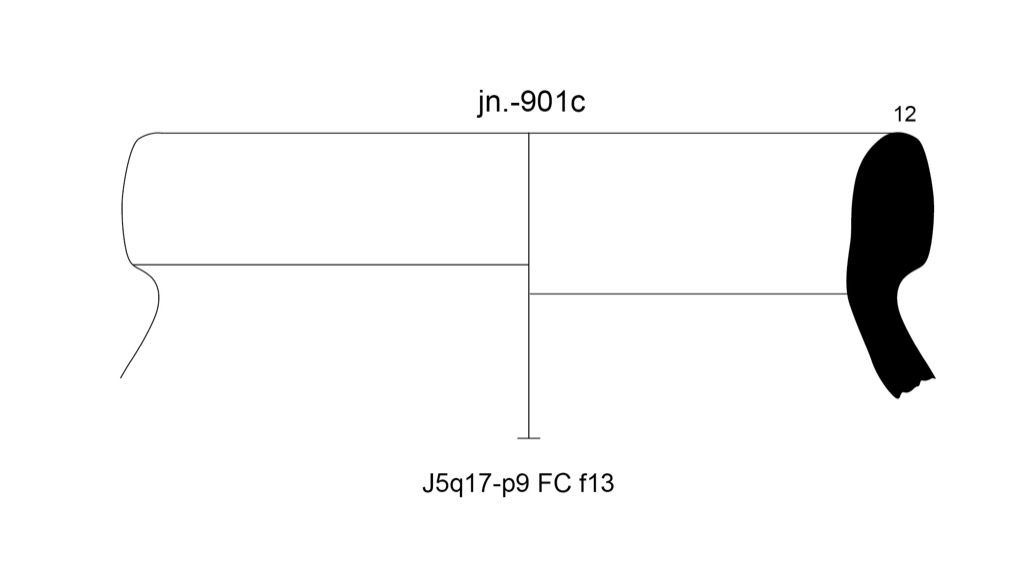
|
| jn.-902c |
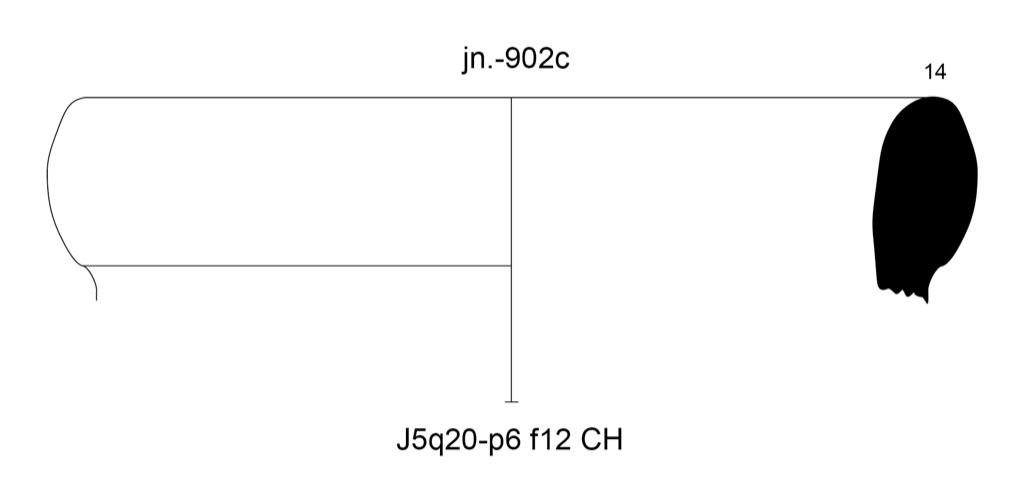 |
| jn.-903c |
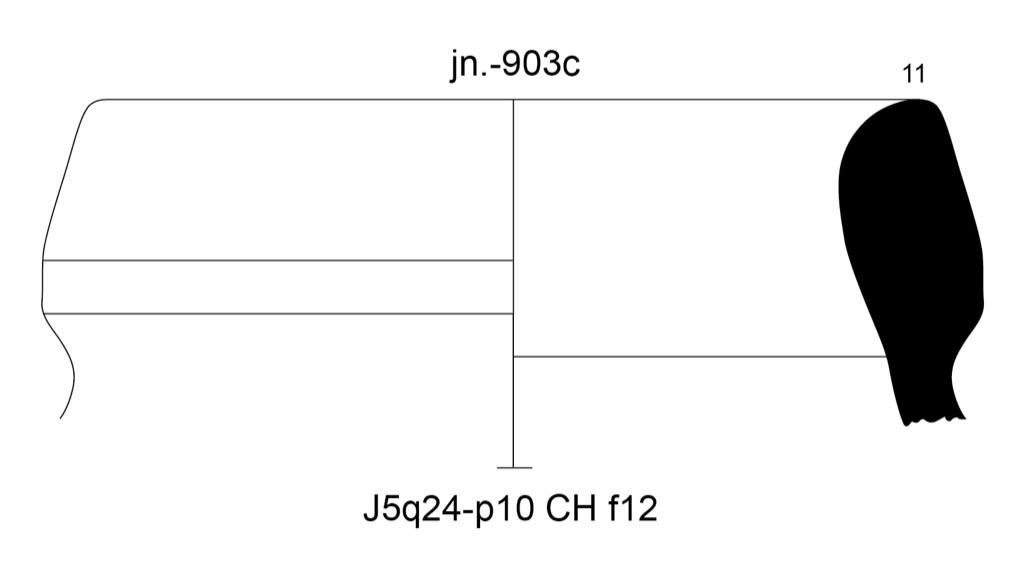 |
Back to top: Jars
Flaring necked jars
| jn.f802 | 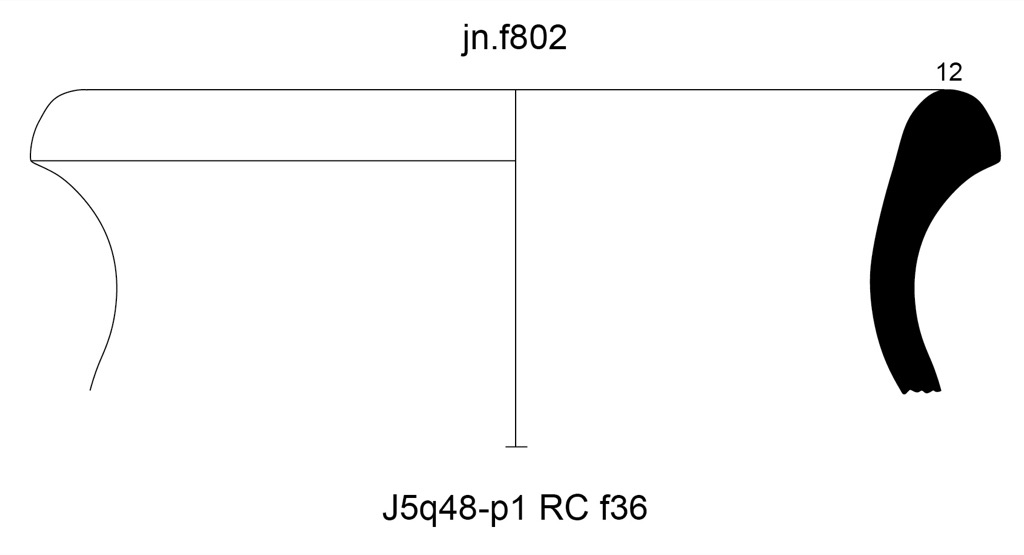 |
| jn.f903 |  |
Back to top: Jars
